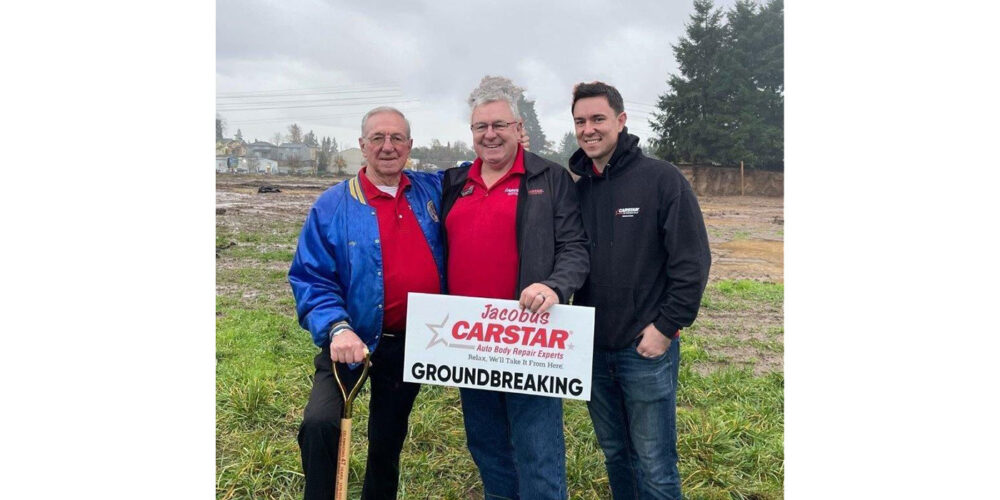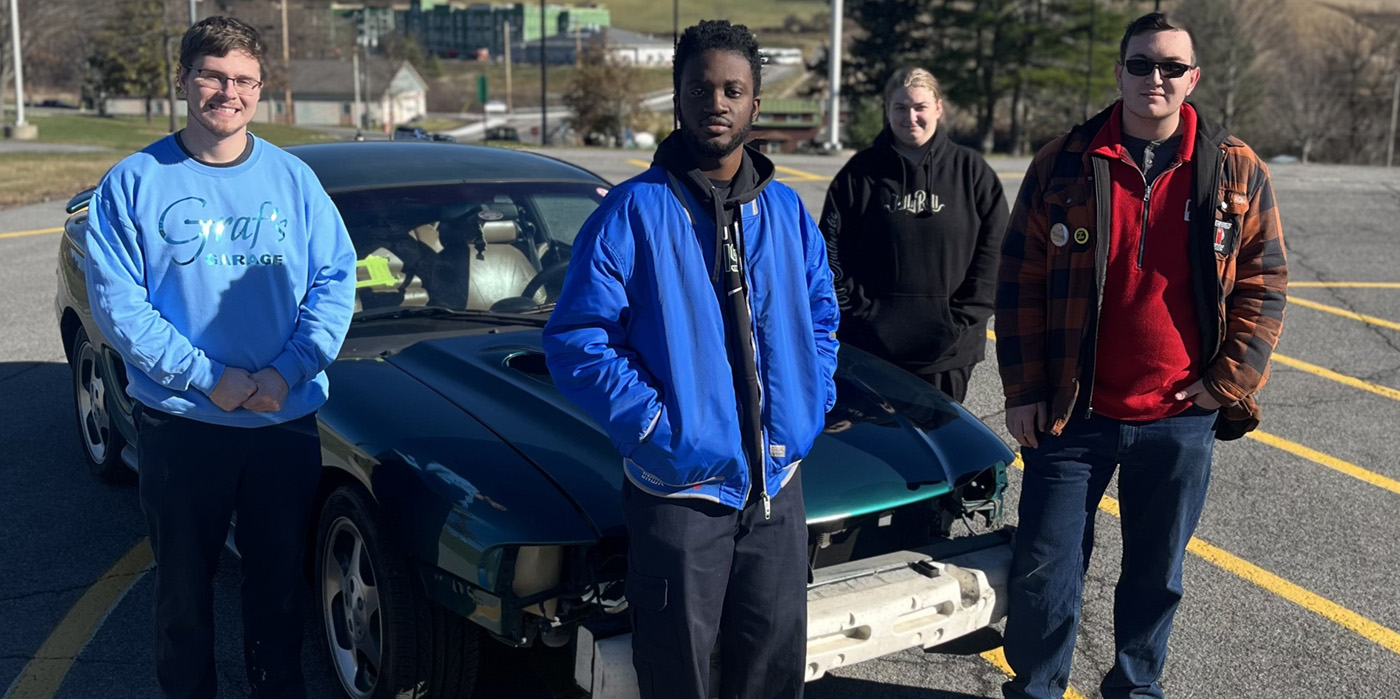
Over the last three months of body shop math 101 in Clark’s Corner, a couple of folks calculated their numbers and then asked me for advice on how to improve their shop’s current results. Request granted. As regular readers know, I have no shortage of opinions about collision repair and share them even with people who don’t ask me.
Sell First, Start Here
My no. 1 collision repair number is close rate. It measures the portion of estimates your shop wrote that turned into repair orders. I say you should close at least 65% of what you write, and a recent BodyShop Business survey pegged the answer at closer to 75%. I don’t count courtesies or total losses, just the work that the CSR/estimator/salesperson personally saw and wrote. It doesn’t matter how many I-CAR classes your staff has attended or how fast your latest welder and measuring system are if the collision repair work is fixed in someone else’s shop.
Before you start worrying about labor efficiency and how much paint and material you’re selling, worry about the people who let you write an estimate and didn’t have their vehicle fixed in your shop. Whether they’re collecting estimates just to suit their insurance carrier or shopping for a price they hope to have their brother-in-law beat in his garage, they all have a vehicle that needs repair. And your shop is in the business of repairing that very kind of thing. Why didn’t they choose you?
Act Like They’re Important
I recently re-read a statistic from a great “salesmanship” program I attended long ago that says 85% of the words to describe a successful salesperson describe their attitude toward you, not what they said about their product. I still agree all these years later – people sell to people, and receiving the focused attention, genuine interest and clear explanations from an engaged seller closes the deal.
If your body shop front-office staff looks annoyed or too busy to stop typing or, even more likely, doesn’t look very sympathetic, it’s going to be a lot harder to close that sale. Mrs. Smith (my perpetual collision customer) has an accident every seven years and is upset about it every time. Your staff sees nothing but victims of collisions every day; it’s hard to see her routine repair as the same catastrophe she does. On the one hand, it’s helpful to be full of confidence that her repair will turn out successfully, just like all the others the shop fixed last week. On the other hand, a ho-hum attitude about yet another smashed Toyota or Buick isn’t the customer concern Mrs. Smith is looking for. Reassure her that all will be well with her car, explain your stellar facility, and talk up the trained and tested technicians that have expertise in reversing her exact damage. Listen first, talk second.
Rather than list all the subtle ways Mr. or Mrs. Smith are judging and weighing your shop and your people for suitability, just let me remind you of the key points that head every collision repair satisfaction survey: clean, courteous and capable. Every collision survey ever lists a clean facility as a key element in the selection of repair shops. I’ll begin my 50th year in our industry next month and I’m ashamed to report that all these years later, shops still want to argue with me about cleanliness.
“It’s the quality of our work, not the fingerprints on the door glass that matter to MY customers,” says Rex Kars, my perpetual stick-in-the-mud shop owner. He’s wrong.
Tracking Close Rate
This critical number is calculated by counting the number of repair orders last month/week/year and dividing by the number of estimates the shop wrote during the same period. For example, the shop fixed 82 cars last month and wrote 116 estimates for a close rate of 70.7% (82 ÷ 116 = .7068). Seventy percent is better than my benchmark of 65% but not as good as the BodyShop Business reader’s 75%. Tracking this number by insurance company quickly picks out the carriers’ intent on using your estimate writing skills, not your damage repairing skills. If your shop has multiple people writing sheets, tracking close rate by estimator fosters some competition to be better than your co-workers. Reward the week’s top closer with time off or gift cards. Bottom line? Your estimate writer’s attitude is the biggest deal-closer. Keep the grounds and office clean enough to give them a chance.
Production efficiency = (Billed labor hours ÷ total technician contact hours)
Not surprisingly, several people took exception to my 140% labor efficiency benchmark in a prior column; the surprise was that the number of those people who thought it was too high was about equal to those who thought it was too low. The example I offered was 56 hours of labor sold last week and 40 hours of technician contact time (56 ÷ 40 = 140%). Much of the disparity in their results is a function of who we’re counting as a tech and how long they’re tangibly at work.
I’m adamant that anyone who physically lays hands on the vehicle during the repair counts as some portion of a tech. This includes the car porter who drove or pushed it into the stall and the detail person who dried the window glass on the way out of the shop’s overhead door. Do your bookkeeping for taxes any way your accountant suggests. They say your employees are classified as overhead or subcontractors or office staff or space aliens, I’m all fine. I just want to count the correct number of contact hours. If your 45-hour-a-week custodial person spends all day Friday cleaning cars and not rooms, count those eight hours in the contact hour total. The total labor hours billed better be an easy number to identify, or your shop has bigger problems than this one.
If your production efficiency number using my math is way low, maybe you have too many people involved in the process. If your efficiency – counting everyone’s time – is way high, maybe you’re on the verge of sacrificing quality for speed. If 140% all-in shop labor efficiency using my definition of a tech doesn’t look like your shop, congrats or condolences, I guess. The important part is that you did the math to find out. And that’s the win. Nice job!
Mark R. Clark is the owner of Professional PBE Systems in Waterloo, Iowa. He’s a popular industry speaker and consultant and is celebrating his 31st year as a contributing editor to BodyShop Business.













